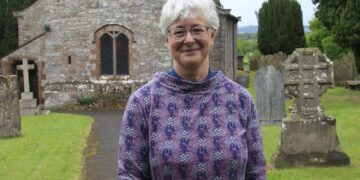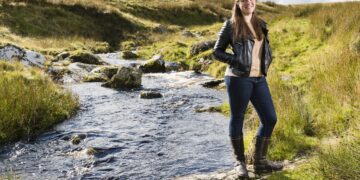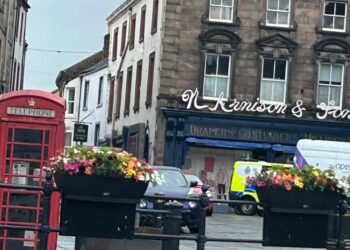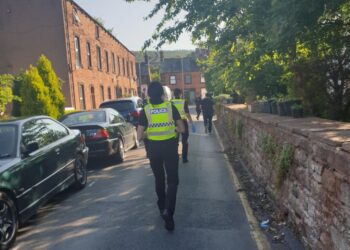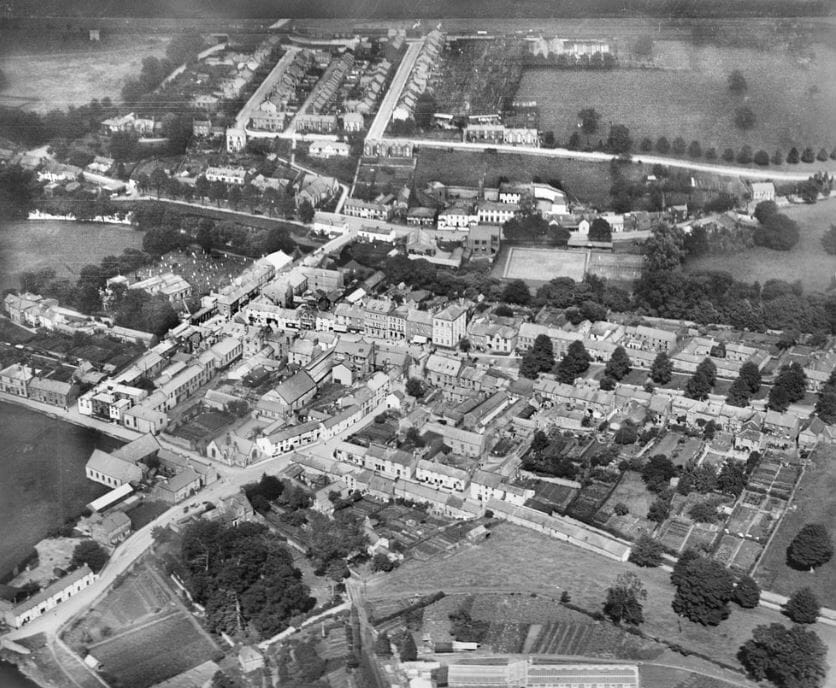
A fascinating look at Cumbria from the air over the last 100 years has been created by Historic England.
Historic England has launched its new Aerial Photography Explorer – which for the first time allows users to search and explore an online map showing aerial photographs of England over the past 100 years.
Aerial imagery provides a fascinating insight into the development and expansion of the nation’s urban centres and changes to the rural landscape. It can also reveal striking discoveries – such as ‘cropmarks’ showing hidden, archaeology beneath the surface.
New imagery available online includes the remains of ancient archaeology such as Hardknott Roman Fort situated in the spectacular setting of the southern Lake District, constructed in the second century AD and the amazingly well-preserved remains of a Roman and later settlement in Ewe Close, Cumbria.
Over 400,000 images from 1919 to the present day have been added to the tool, covering nearly 30 per cent of England, allowing people immediate digital access to Historic England’s nationally important collection of aerial photographs.
Around 300,000 of these are the work of Historic England’s aerial investigation and mapping team. Established in 1967, the team takes photographs of England from the air to discover new archaeological sites, create archaeological maps and monitor the condition of historic sites across the country.
The remaining 100,000 images come from the Historic England archive aerial photography collection, which numbers over two million images in total, and includes important historic photography, including interwar and post-war images from Aerofilms Ltd and The Royal Air Force.
By opening up these images to the public through this accessible online tool, Historic England hopes that people will use it to research their local areas, offering an insight into a century of changes and development.
This will allow them potentially to make their own discoveries about their local areas. It will also provide industry professionals and local authorities with a useful resource to help planning, heritage projects and archaeological investigation.
Duncan Wilson, chief executive of Historic England said “I am delighted that our new online tool will allow people to access easily our wonderful collection of aerial images and enjoy the historic photography that our team uses every day to unlock the mysteries of England’s past.”
Historic England aims to expand the platform, as more of the six million aerial images in Historic England Archive are digitised.
To explore the interactive map, visit https://HistoricEngland.org.uk/AerialPhotos








